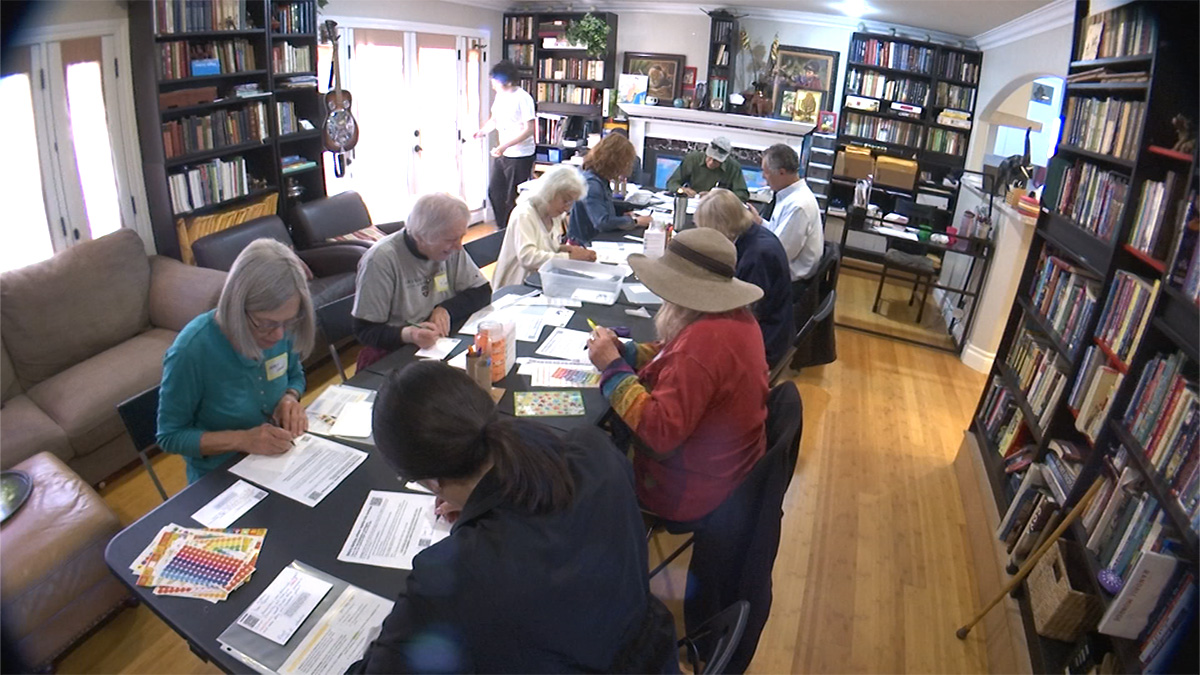The current eastern span of the Bay Bridge will remain in the Bay for several years after it becomes defunct in 2013 since it will have to be taken apart piece-by-piece, a Caltrans spokesman said.
The eastern span, a cantilever bridge built in 1936, is being replaced by a self-anchored suspension bridge that will connect Oakland to Yerba Buena Island and the western span of the bridge in San Francisco, Caltrans spokesman Bart Ney said.
The building of the new eastern span was commissioned following the 1989 Loma Prieta earthquake that collapsed a section of the upper deck of the bridge. After years of delays and cost overruns, the new span is finally set to open sometime in fall 2013, having reached significant milestones in the $6.3 billion project in the past two days.
On Sunday, the final four deck sections of the bridge arrived from Shanghai, China, and on Monday evening, temporary catwalks leading up to the 525-foot tower of the new span were illuminated with construction lights, giving residents a sneak preview of what the bridge will look like. But once the new eastern span is completed and opened, the project will still not be complete since crews have to dismantle the old span, a process that could take several years, Ney said.
Caltrans is currently in the design phase of the demolition process to determine how it should be done and how long it would take.
The department plans to put a contract out to bid on the project early next year, Ney said.
The demolition could begin "maybe even the week after we open" the new span, "but it's going to take a number of years to take it down," he said.
Local
Ney said the only comparable project in the region is the old Carquinez Bridge between Vallejo and Crockett, which he said took a little over two years to dismantle after it was replaced by a new span.
"But this is more than twice as big and a lot more complex," he said. For environmental, safety and historical reasons, the bridge will have to be taken apart piece-by-piece, rather than exploded and dropped in the water, Ney said.
Those options would damage the ecosystem in the Bay and also threaten the safety of moving traffic on the new span just to the north of it.
Also, because the bridge is on the National Register of Historic Places, certain pieces of the old span will be saved and displayed in local museums like the Oakland Museum of California, while the rest will become the property of the demolition contractor, Ney said.
"It will be their decision" on what to do with it, he said. "They can scrap it out for profit or use elements of it at different locations." Click here for the latest updates on the Bay Bridge project.



